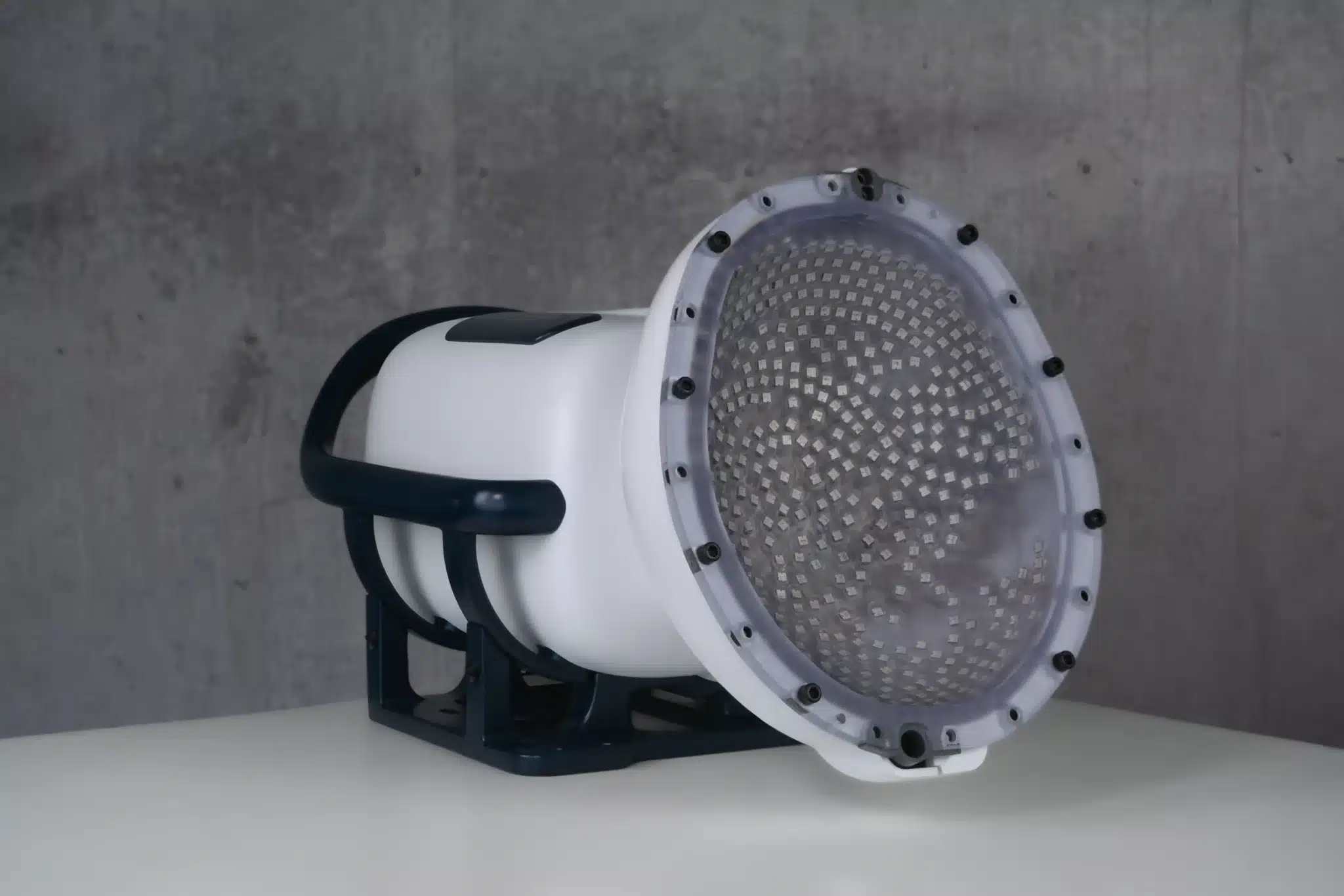
Recently, transcranial ultrasound has been getting some press. This has been a deep interest for a long time so I thought I would write up where the clinical results are at present. I haven’t covered the important work which combines transcranial ultrasound with, for example, cancer drugs. This is only about mental illness and dementia.
Why is the modality of ultrasound so compelling for this set of applications? Multiple groups have found efficacy in these areas:
- Depression: Three independent sham-controlled trials (Oh 2024; Fonzo 2025; Rotstein 2025) show medium–large effect sizes on core mood or anhedonia scales.
- Anxiety/PTSD: Amygdala-targeted studies (Mahdavi 2023; Chou 2024; Fonzo 2025) consistently report reduced anxiety or negative affect.
- Dementia: TPS trials (Matt 2025; Radjenovic 2025; Fong 2023) demonstrate cognitive gains and network up-regulation, with a favorable safety profile.
Ultrasound uniquely accesses the amygdala, caudate, nucleus accumbens and sgACC, opening new mechanistic treatment avenues (reward, salience, mood circuits). These structures are often inaccessible to techniques like tDCS, tACS, and TMS because of their depth within the brain. Short, repeated courses (5-15 sessions) appear sufficient for mood/anxiety; dementia trials often use 6-session blocks. Across >300 patient-sessions in the papers below, no serious adverse events were reported; transient headache or scalp warmth were the most common in <5 % of patients.
Future clinical translation will include:
- Large, multi-center sham-controlled efficacy trials (e.g., Dos Santos Alves protocol) clarifying non-inferiority vs rTMS/ECT.
- Combination approaches (ultrasound + psychotherapy or pharmacotherapy) exploiting acute circuit “priming”.
- Portable devices for outpatient and at-home treatment models.
References for mental illness & dementia
| Paper | Study type & sample | Target / protocol | Main clinical finding(s) | Why it matters |
|---|---|---|---|---|
| Mahdavi KD et al. “A pilot study of low-intensity focused ultrasound for treatment-resistant generalized anxiety disorder.” J Psychiatr Res 168:125-132 (Oct 2023) [PubMed] | Open-label pilot, N = 25 tr-GAD | Right amygdala, 8 × 10-min weekly sessions | HAM-A ↓ 12.6; BAI ↓ 12.9; no adverse events | First human series showing sustained anxiolytic effect from amygdala-tFUS. |
| Chou T et al. “Transcranial focused ultrasound of the amygdala modulates fear-network activation and connectivity.” Brain Stimul 17:312-320 (Mar 2024) [PubMed] | Double-blind RCT, N = 30 healthy vols | Left amygdala, single session | Active tFUS → ↓ amygdala BOLD & anxiety; ACC/hippocampus connectivity shifts | Mechanistic evidence underpinning forthcoming anxiety trials. |
| Oh J et al. “Effect of low-intensity transcranial focused ultrasound stimulation in patients with major depressive disorder.” Psychiatry Investig 21:885-896 (Aug 2024) [PubMed] | Randomized, double-blind, sham-controlled, N = 24 MDD | 6 sessions to left DLPFC | MADRS ↓ vs sham; sgACC network normalization | First fully blinded efficacy trial of tFUS for MDD; symptom & network change demonstrated. |
| Dos Santos Alves MG et al. “Repetitive left-DLPFC tFUS for treatment-resistant depression: non-inferiority RCT protocol.” Asian J Psychiatry 94:103994 (May 2024) [PubMed] | Protocol/ongoing RCT, N = 72 TRD | 20 sessions over 4 wks | Primary endpoint = HDRS-17 | First large-scale head-to-head comparison of tFUS with standard rTMS. |
| Fonzo GA et al. “Low-intensity tFUS amygdala neuromodulation: double-blind target-engagement & 3-week treatment trial.” Mol Psychiatry (Apr 2025) [Article] | 1) Sham-crossover N = 52 MATRD 2) Open-label daily × 15 N = 29 | MRI-guided left amygdala | Acute session ↓ amygdala BOLD; 3-week course → Cohen d = 0.77 on mood scale; no SAEs | Most comprehensive safety/feasibility dataset for deep-target tFUS. |
| Rotstein NM et al. “Investigating low-intensity focused ultrasound pulsation in anhedonic depression—RCT.” Front Hum Neurosci 19:1478534 (Mar 2025) [PubMed] | Double-blind, sham-controlled, N = 56 (ongoing; interim) | Three LIFUP sessions to caudate / NAcc | Interim: improved EMA mood; reward-fMRI engagement | First study to target reward circuitry for anhedonia with ultrasound. |
| Matt E et al. “Ultrasound neuromodulation with transcranial pulse stimulation in Alzheimer disease: randomized clinical trial.” JAMA Netw Open 8:e2459170 (Feb 2025) [Article] / [PubMed] | Double-blind, sham-controlled crossover, N = 60 AD | 6 TPS sessions to fronto-parietal cortex | CERAD ↑ in ≤ 70 yr subgroup; ↑ precuneus activation; BDI-II ↓; well-tolerated | Largest sham-controlled ultrasound trial in dementia; age-dependent cognitive & mood gains. |
| Radjenovic S et al. “Ultrasound neuromodulation therapy using TPS in 58 dementia patients: retrospective analysis.” Psychol Med 55:e70 (Mar 2025) [PubMed] | Real-world, multi-site cohort | Individualized cortical TPS (avg 6 sessions) | MMSE & NPI improved at 3 mo; no serious AEs | Provides external-validity data supporting TPS scalability. |
| Fong KN et al. “Transcranial pulse stimulation improves cognition in mild neurocognitive disorder.” Int J Environ Res Public Health 20:7912 (Nov 2023) [PubMed] | Open-label, N = 19 MCI | 5 TPS sessions (DLPFC + temporal) | MoCA ↑ 2.4 pts; executive-function & ADL gains at 1 mo | Extends TPS benefits to prodromal dementia stage; informs early-intervention timing. |
| Keihani A et al. “Transcranial focused ultrasound neuromodulation in psychiatry: current evidence & future directions.” Brain Sciences 14:1095 (Nov 2024) [Article] / [PMC] | Systematic clinical review (40 human studies) | — | Synthesizes evidence, proposes dosing taxonomy & safety tiers | Authoritative roadmap guiding multi-center trial design. |
Leave a Reply